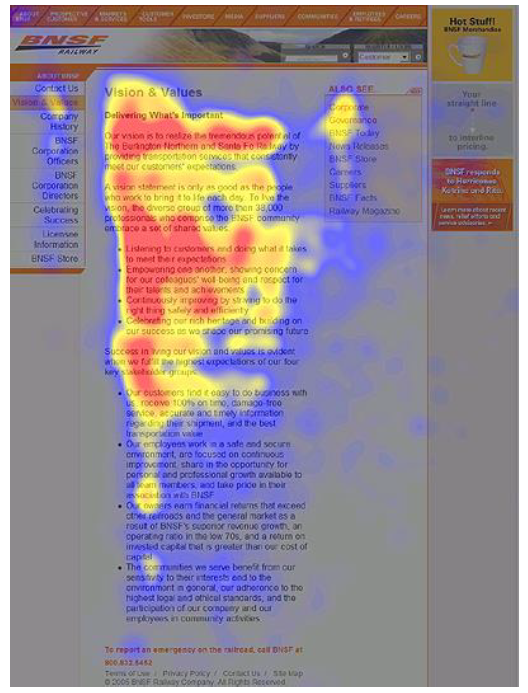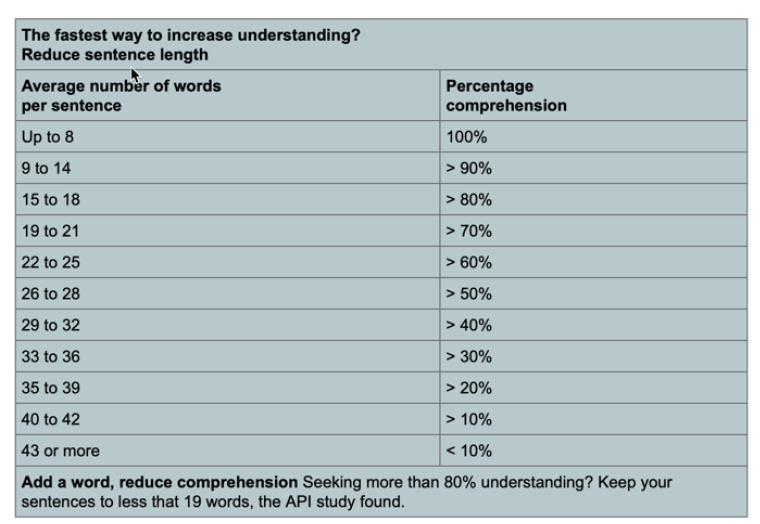Reading Behaviour in the Digital Age
Contents
Digital media has drastically changed our online reading behaviour and with it, content marketing. With the world moving from print to digital, readers consume information in a much less organised fashion. About 75% of print readers tend to be methodical in their reading behaviours, however, online tends to be far less structured.
Before you have even started reading this blog, you likely already scanned this page and picked out a few headings that drew your interest. That is your online reading behaviour at work.
Online reading behaviour
Reading habits – The statistics
Online research suggests that 79% of readers will scan the page first, trying to pick out individual words or sentences.
It’s often a choice made automatically. Our eyes naturally jump ahead to identify whether reading the words we are presented with is worthwhile.
Reading from screens takes at least 25% longer than reading from paper, yet on average, readers only read 28% of the words we write.
This is where skimming and scanning comes in. When you first opened this blog, you likely scanned the headline, and the first sub-heading, then picked out some of the words in bold. If they caught your attention, perhaps you skimmed through the introduction and decided the read was worth your time.
The point is that you need to make your online content scannable if you want readers to take notice. Advances in technology have left readers with incredibly short attention spans – so readers tend to scan the page to find key information. If they can’t find it quickly, they will move on.
Reading habits – The science
Before digital content was established as it is today, marketers were consumed with ensuring all important information was above the fold. Above the fold is a term used for the portion of the website that is seen, without the reader needing to scroll through the content.
‘Above the fold’ is now considered irrelevant. With smaller screen sizes, users expect your website to have more information, below the fold. We all scroll through content.
Making sense of the F-pattern
Scanning a page is one thing, but eye-tracking technology tells us that the F-pattern is the most common reading style. This means most readers start reading horizontally at the top of the page and then scan down the left-hand side of the screen. Then, they will glance across once more, and then continue down the left-hand side of the page, creating an F shape.

Source: Jakob Nielson
The implication is that the first lines of text on a page receive more eyeballs than subsequent lines. And, the first few words on the left of each line receive more fixations than the following words on the same line.
Tips for effective online content
Now you understand how your audiences are consuming content, you can effectively structure your content. We recommend the following tips:
- Speak in the language of the customer
- Identify keywords and make them stand out using alternative formats such as bold
- Break up blocks of text with headings and sub-headings (These are your H1, H2 H3 etc…)
- Ideally, there should be one idea per paragraph with a maximum of two sentences per paragraph
- Write using casual language. Use The Flesch reading ease score to ensure your content is easy to read
A study by Wyliecomm.com highlighted that shorter sentences improve reader comprehension. Remember you are competing with hundreds of thousands of pieces of content! So keep your sentence length short – less than 18 words!

Source: wyliecomm.com
Turning that copy pyramid upside down
Use these tips if you want your online copy to be more effective. This line is a short example of the inverted pyramid style.
This means starting with your conclusion or placing your most important messages or purpose at the top, can make your online copy more effective. Given short attention spans, if you worry your reader won’t read down to your conclusion, start with it. For complex ideas, the inverted pyramid ensures key messages are at the top where they are more likely to be read.
The pitfalls of ‘clickbait’
Clickbait is a marketing tactic that uses misleading or deceptive content to entice the reader to click.
Avoid clickbait and overly “marketese” content like “You won’t believe what happened next.”
This tactic annoys readers and damages credibility. Strong writing and messaging should stand on their own without underhanded tactics.
Are you looking to craft Kick-Ass Content that not only delivers but also drives impact and enhances your authority in the tech channel?
Or, take advantage of our no-obligation content audit where we score your content against our tried and tested methodology – Sound good?